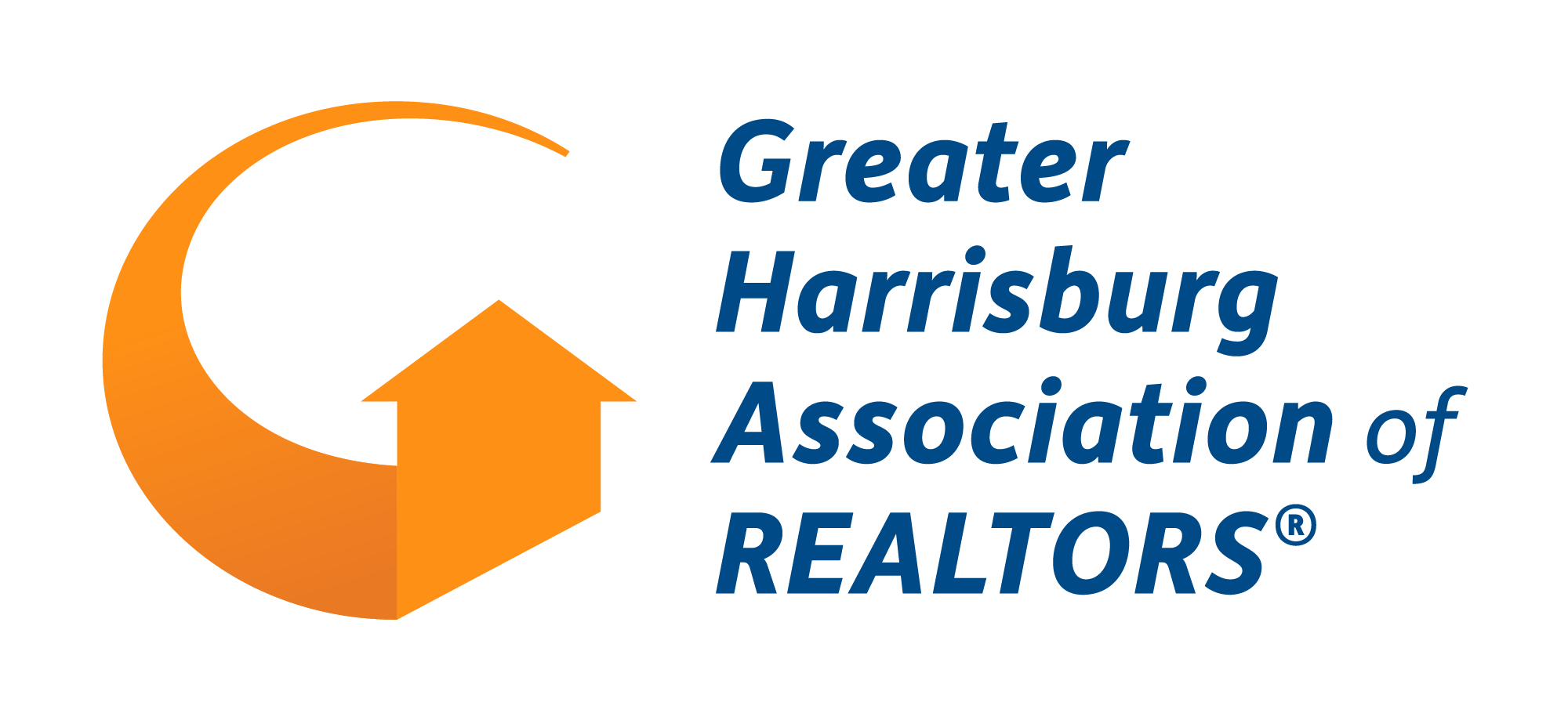FCC Consent Rule
On January 24, 2025, the Federal Communications Commission (FCC) postponed the effective date of the One-to-One Consent Rule. The Rule was set to take effect on January 27, 2025. However, the Rule was being challenged in Insurance Marketing Coalition Ltd v. FCC, currently on appeal before the 11th Circuit Court of Appeals.
The FCC decided to postpone the effective date of the Rule pending judicial review and will publish a new effective date in the Federal Register after the legal challenges have concluded, but no later than January 26, 2026. The FCC also postponed the effective date of a Second Text Blocking Report and Order which expressly extended Do-Not-Call Registry requirements and protections to text messages in addition to phone calls.
Until further notice, the One-to-One Consent Rule will not take effect, but previous TCPA regulations issued by the FCC remain in place.
The Order requires that companies obtain a consumer’s “prior express consent” before sending them robocalls or robotexts, subject to certain exceptions, and subject to a private right of action that allows individuals to obtain the greater of actual monetary loss or $500 for each violation. Thus, noncompliance with consent requirements has the potential to impose severe consequences on companies.
Below is a summary of key provisions of the Order.
- The Order codifies the right of consumers to revoke their consent to receive robocalls and robotexts by “any reasonable manner that clearly expresses a desire not to receive further calls or text messages.” The FCC goes on to provide a few examples of such “reasonable” means, including, for instance, using opt-out mechanisms provided on robocalls, responding “stop” to a text message, or submitting an opt-out via a designated website or telephone number. The Order further specifies that companies may not limit consumers to revoking their consent through a single “exclusive means.”
- With regards to text message opt-outs, specifically, the Order identifies several words that constitute a reasonable method for revoking consent, including: “stop,” “quit,” “end,” “revoke,” “opt out,” “cancel,” or “unsubscribe.”
- The Order amends the rules to require that companies process do-not-call and revocation-of-consent requests from consumers “as soon as practicable and no more than 10 business days after receipt of the request.” Notably, the Order makes clear that the 10-business day timeframe is intended as a “backstop” and that, in many cases, “as soon as practicable” should mean a “swift” response, especially given “the availability of automated means to process revocation requests.”
- The Order provides clarification in two areas related to situations in which a company may communicate with a consumer after the consumer’s revocation of consent. First, the Order clarifies a prior ruling holding that companies may send consumers a one-time, post-revocation text message confirming the consumer’s revocation request. However, companies must ensure that this message merely confirms the opt-out request and does not include any marketing or promotional information. Second, the Order establishes that companies may include in the aforementioned one-time post-revocation text message a request for clarification on the scope of the opt-out in situations where the consumer has consented to multiple types of text messages (e.g., where a bank customer receives both fraud alerts and payment notices via text message).
Preparing for Compliance
To comply with the January 26, 2026 one-to-one consent rule and the consent revocation rule, lead generators and businesses that use or facilitate robocall and robotext communications should:
- Review their current consent and revocation practices.
- Ensure compliance by updating policies immediately.
- Examine where consumer leads are being obtained and adjust policies for using this information to meet the new requirements.

